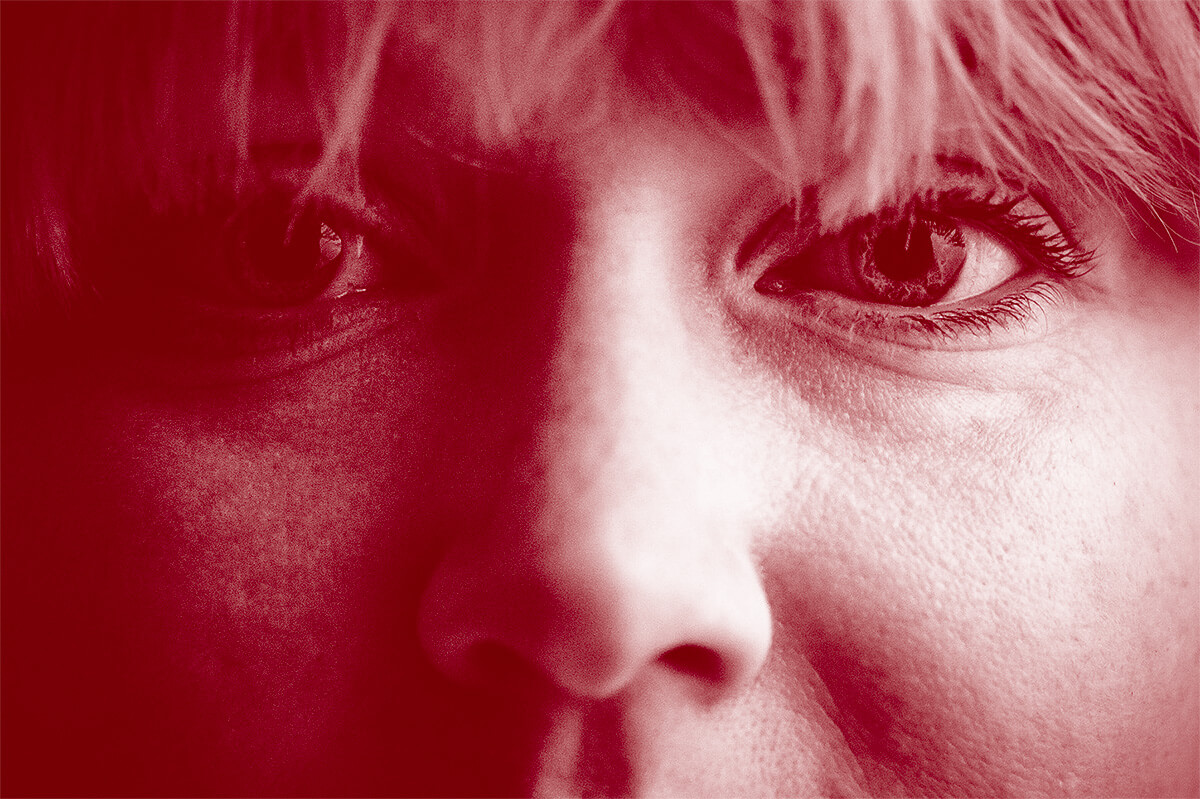 The symptoms of perioral dermatitis, also known as periorificial dermatitis, may seem a lot like rosacea: red bumps, pimples and scaling and peeling around the mouth, nose and central part of the face, sometimes coupled with a burning or stinging sensation. But while the two skin conditions can look and feel similar, their root causes are quite different.
The symptoms of perioral dermatitis, also known as periorificial dermatitis, may seem a lot like rosacea: red bumps, pimples and scaling and peeling around the mouth, nose and central part of the face, sometimes coupled with a burning or stinging sensation. But while the two skin conditions can look and feel similar, their root causes are quite different.
Rosacea is a chronic inflammatory condition, while perioral dermatitis is a rash that is often caused by the use of topical corticosteroids, cosmetics, fluorinated toothpaste, or other skincare or oral care products. Perioral dermatitis should go away simply by stopping the use of the substance that’s causing the rash. On the other hand, while rosacea therapy and avoiding triggers can help reduce flare-ups or send the disorder into remission, the underlying disease process will usually still be there.
A recent German study analyzed patient data to determine the prevalence of both rosacea and perioral dermatitis and better distinguish between the two disorders. Researchers identified 1,032 patients at an outpatient clinic who were affected by either rosacea or perioral dermatitis during a three-year period.
Of the patients identified, 81.5% were diagnosed with rosacea and 18.5% had perioral dermatitis. Over 90% of perioral dermatitis patients were female, while only 65% of the patients with rosacea were female. The average age of patients at the clinic was around 49 years old. Those diagnosed with rosacea were slightly older, with an average age of about 52 years. In contrast, patients diagnosed with perioral dermatitis had an average age of about 39 years.
While the results of this study suggest perioral dermatitis patients are younger and more likely to be women, more research is needed before any conclusions can be drawn. If you think you have either rosacea or perioral dermatitis, it’s important to visit your dermatologist for a diagnosis and a treatment plan appropriate to your individual case.
Reference:
Hoepfner A, Marsela E, Clanner-Engelshofen BM, et al. Rosacea and perioral dermatitis: a single-center retrospective analysis of the clinical presentation of 1032 patients. J Dtsch Dermatol Ges June 2020; 18(6):561-570.
Photo courtesy of Christian Hammer Nielsen.